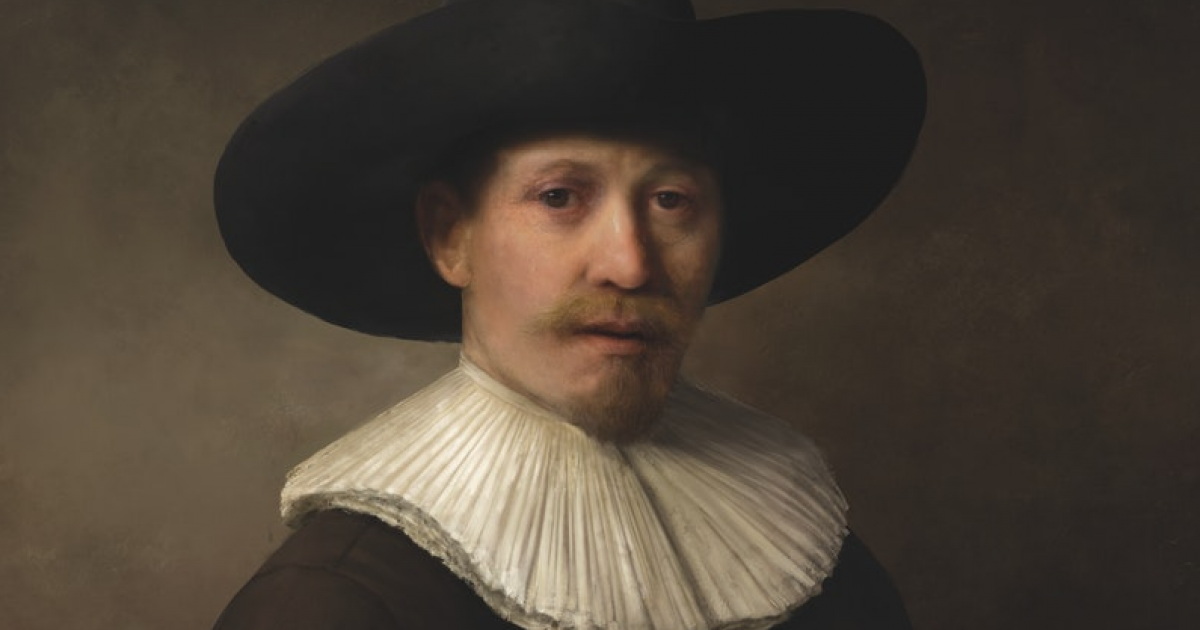The Next Rembrandt

ING, a Dutch multinational banking group, has been building its credentials as innovative bank. For many years this number one bank in the Netherlands has been supporting Dutch art and culture. ING wants their innovative culture to ring though in each and every brand expression. But how to do this for their sponsoring of art and culture, a world that’s riddled with tradition, rather than innovation?
The project sparked a global conversation across social media, with people all over the world discussing the blurring boundaries between technology and humanity.
The Next Rembrandt was global trending topic, reporting 10 million Twitter impressions on unveiling-day, and over 1.400 press articles (and counting) were written. All major news networks covered the unveiling, commenting on its meaning for future innovations. With no paid media, the project earned over 1.8 billion global media impressions with an earned media value of 12.5 million euro. On launch day Fortune Magazine reported an increase in stock value for ING (ING ^1.22%) and partner Microsoft (MSFT ^ 0.49%) and after launch, Google reported ING’s Search Interest increased by 61.29% and Microsoft by 20%.
The project helped communicate to the world ING’s innovative approach to everything they do. It sparked a broad social discussion about classical art and modern technology, and placed classical art in a different light.
Next to the on-going global conversation about the meaning for our industry and the future of creativity, the technology developed for The Next Rembrandt is now used for the restoration of damaged and partially lost Masterpieces. To benefit future innovations parts of the code will be made open source.
347 years after his death, one of the greatest Masters of all time is brought back to life to create one more masterpiece. But this time, data is the painter and technology the brush: The Next Rembrandt.
The Next Rembrandt is a 3D printed painting made completely out of data derived from Rembrandt’s total body of work. It consists of over 148 million pixels and was created using deep learning algorithms and facial recognition techniques, based on 168,263 painting fragments from Rembrandt’s oeuvre. Resulting, after more than 18 months, in a new Rembrandt portrait made of data from over 11 billion pixels.
On the 5th April 2016, The Next Rembrandt was unveiled at an exhibition in Amsterdam, the place where Rembrandt lived and worked. An online launch film explained the project in a simple and entertaining way, and led people to NextRembrandt.com where they could dive deeper into the technical process. The painting went also on tour. In a beautiful lighted billboard, The Next Rembrandt was successively exhibited in Amsterdam, Leeuwarden, The Hague, Utrecht and Rotterdam. Two attendants were standing next to the painting and optionally gave an explanation of the project. Finally, a full-length documentary on The Next Rembrandt was produced and presented on various festivals.
We aimed to connect classical art to something relevant to the broader audience and, especially, the younger target group of 20-34 year olds. Technology is eminently a topic to address the younger generations. The challenge was to connect (classic) creativity and technology in a way that is provocative and impactful.
Jury Feedback
‘Ticks all boxes of a groundbreaking piece of communication. A big idea. Culturally relevant. Pioneering and challenging. Stretching the mind. Blurring the lines between data, technology and art. Pushing the boundaries of data visualization. Embracing the combination of all creative disciplines. Does not feel like advertising. Shows how innovat ion pushes the work in our industry forward. Triggering conversations about how data and tech can a ect our world. Taking a classic art form and making it relevant to a younger generation. Rewarding the brand for doing something so experimental without a clear ROI. Simply never been done before.’